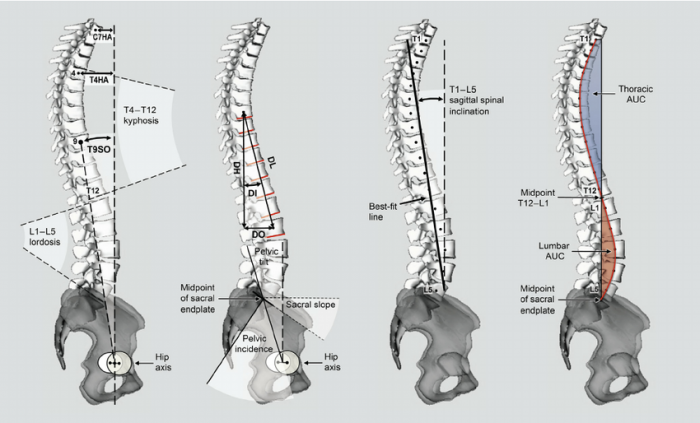
Effects of mechanical horseback riding velocity on spinal alignment in young adults
Horse riding is commonly used in children with disabilities as the horse's movement can help improve posture, muscle strength, balance and coordination. This article aims to determine if, in healthy young adults, the velocity of mechanical horseback-riding training can improve spinal alignment.
In this randomised control trial, 36 subjects were allocated to either a high, moderate or low velocity riding course. It was decided to use a mechanical horse to train in order to minimise accidents, although all movements were similar to those of a real horse. Each participants completed one 20-minute session per day, 3 days per week, for 6 weeks.
The spinal alignment was measured before training started and six weeks after training by a Formetric III device. The measurement items were kyphotic angle, lordotic angle, trunk inclination, pelvic torsion, pelvic rotation, and lateral deviation.
The results showed the kyphotic angles of the high- and moderate-velocity groups were significantly lower than that of the low-velocity group after the intervention. The high-velocity group also had a significantly lower trunk inclination than the low-velocity group. This shows that high-velocity mechanical horse riding training is more effective for improving spinal alignment, specifically the kyphotic angle and trunk inclination, than lower-velocity mechanical horse riding.
> Lim et al. J Phys Ther Sci. 2016;28(6):1836-1839. All rights reserved to 2013 Elsevier Inc. Click here for the full-text article.


